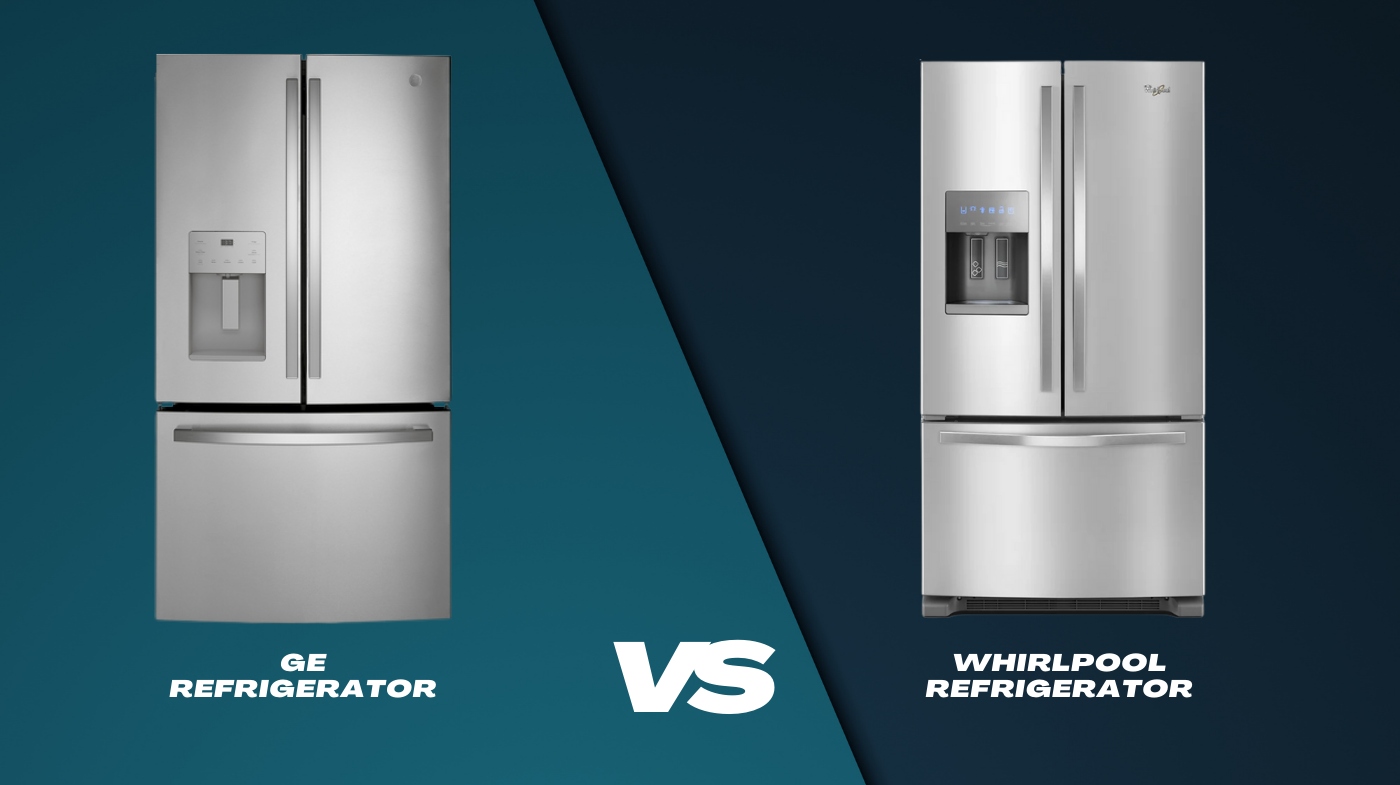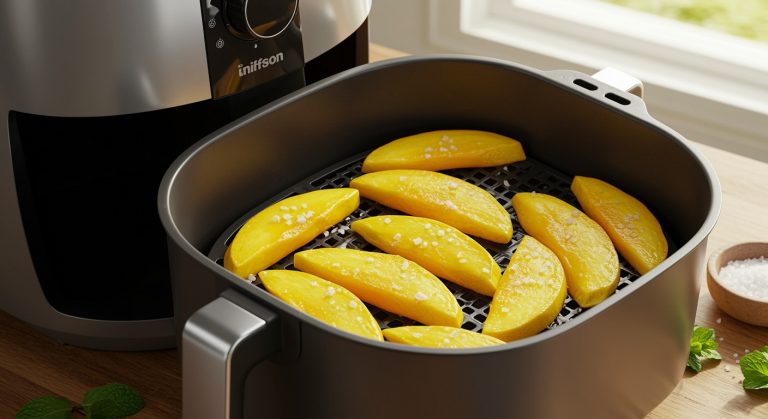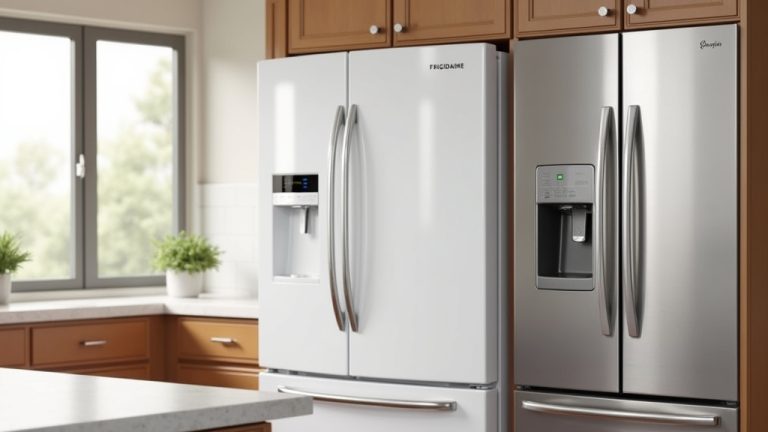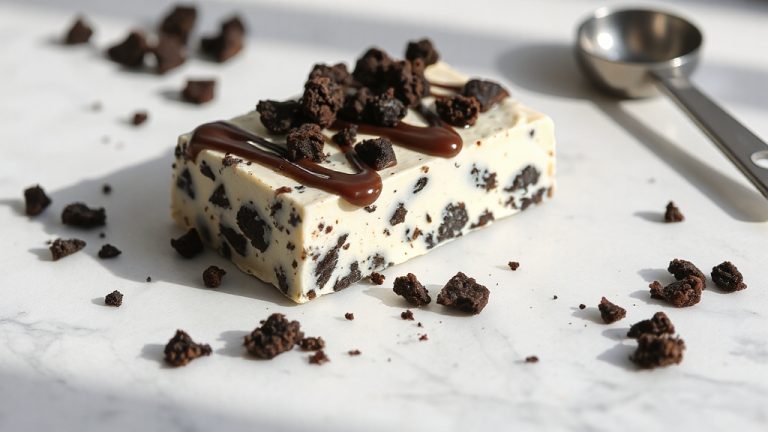GE vs Whirlpool Refrigerator: Which One Offers Better Value?
If you want advanced smart features and flexible temperature zones, GE refrigerators offer strong connectivity and diverse designs, including large French door models. Whirlpool gives you broader affordability with reliable, energy-efficient units that feature adaptive defrost and handy storage options like SpillGuard shelves.
Both brands have solid reputable service, but Whirlpool slightly edges in energy consumption. Keep exploring to understand the nuanced differences in features, reliability, and user convenience that can shape your choice.
- 27.0 cu. ft. capacity – Easily store large or bulk food items with three full-width shelves and…
- LED lighting – Find exactly what you’ve been looking for under crisp, clear lighting
- Quick Space shelf – Quickly slides out of the way to make room for tall items
Key Takeaways
- Whirlpool offers a broader price range with more affordable entry-level refrigerators than GE.
- GE emphasizes smart technology, connectivity, and diverse finishes, while Whirlpool focuses on energy efficiency and practical storage features.
- Whirlpool has slightly better reliability ratings and features like Adaptive Defrost for consistent cooling.
- Whirlpool models generally consume less energy annually, making them slightly more energy-efficient than GE refrigerators.
Quick Comparison Table: GE vs Whirlpool Refrigerator Features
| Category | GE Refrigerators | Whirlpool Refrigerators |
|---|---|---|
| Design & Styles | Wide range including French door, bottom freezer, side-by-side, plus unique finishes like slate and black stainless | Offers French door, side-by-side, top freezer, plus freezer-less models for flexibility |
| Smart Technology | Strong focus on connectivity with Wi-Fi, SmartHQ app, and IFTTT integrations | Limited smart features, but provides remote diagnostics and voice assistant support |
| Energy Efficiency | Average use around 708 kWh annually | Slightly lower at about 659–683 kWh annually, making them more energy-efficient |
| Storage Solutions | Features like Quick Space shelf, flexible zones, spill-proof shelving | Focuses on SpillGuard shelves, humidity-controlled crispers, gallon door bins |
| Reliability | Good reputation with strong service network and Microban technology | Slightly higher reliability ratings with Adaptive Defrost and TotalCoverage Cooling |
| Customer Support | Known for responsive service and strong parts availability | Solid network of service centers, but less flexible coverage options |
| Noise Levels | Generally quieter operation, especially in bottom-freezer models | Some models emit a high-pitched hum that can be more noticeable |
Model Types and Key Features
Understanding the range of model types and their key features will help you identify which refrigerator suits your needs best.
These models emphasize smart technology, diverse finishes like slate and black stainless, and flexible storage with multiple temperature zones. GE is praised for better customer service and parts availability, which supports long-term maintenance.
Whirlpool, with fewer entry-level models, stands out by providing freezer-less refrigerators and practical features like SpillGuard shelves, humidity-controlled crispers, and adaptive defrost. Its user-focused interior includes adjustable gallon door bins and two-tier freezer storage.
While GE focuses on connectivity with built-in Wi-Fi and app control, Whirlpool prioritizes Energy Star efficiency, fingerprint-resistant finishes, and family-friendly organization.
Brand Reputation and Reliability Insights
How reliable are GE and Whirlpool refrigerators in everyday use? Both brands rank highly among appliance repair professionals and consumers. Their consistent customer loyalty resembles how local favorites like Zippy’s Macaroni Salad maintain appeal through dependable quality.
Whirlpool earns slightly stronger reliability endorsements, with 4 of 7 experts favoring it, while 3 of 7 rate GE similarly. Consumer says predicts good reliability for GE side-by-side models in 2025.
Repairs affect about 33% of refrigerators within five years industry-wide, mainly due to icemaker or dispenser issues. Problems with icemakers and dispensers are among the most common refrigerator complaints across many brands.
Whirlpool’s Adaptive Defrost and TotalCoverage Cooling systems boost temperature consistency and dependability. GE incorporates antimicrobial Microban technology to inhibit mold buildup, enhancing longevity. Both brands emphasize texture and freshness in their cooling technology to maintain optimal food preservation.
Energy Efficiency and Environmental Considerations
Because energy efficiency directly impacts both environmental footprint and operating costs, comparing GE and Whirlpool refrigerators requires examining their annual power consumption and key technologies.
Whirlpool models typically consume around 659 kWh annually, slightly less than GE’s 708 kWh average, though efficiency varies by model.
Both brands offer ENERGY STAR-certified units meeting EPA standards, incorporating LED lighting and adaptive defrost to minimize energy waste. Whirlpool also employs dual evaporators to optimize energy use and maintain freshness.
GE integrates advanced insulation, TurboCool compressors, and TwinChill evaporators to optimize cooling and energy use. Meanwhile, Whirlpool emphasizes Precision Temperature Control and FreshFlow™ air filters to sustain efficient compressor performance.
Both manufacturers pursue sustainability through earth-friendly practices and reduced greenhouse gas emissions. Choosing ENERGY STAR models from either brand helps lower your household carbon footprint and utility expenses effectively.
Additionally, Whirlpool generally has a slight edge in energy consumption, using about 683 kWh annually compared to GE’s higher average.
Storage Capacity and User Experience

While both GE and Whirlpool offer refrigerators with ample storage, their approaches to capacity and user experience reflect distinct priorities. GE provides a broader range of styles, including large French door models up to 27.0 cu. ft. and bottom freezers with two-level baskets, emphasizing organizational potential. GE’s designs also consider efficient layout to maximize usable space and accessibility.
You’ll appreciate GE’s spill-proof shelves and Quick Space slide-away shelf for tall items, optimizing internal layout with integrated ice and water dispensers.
Whirlpool focuses on flexible storage with movable shelves and adaptive defrost technology, enhancing energy efficiency without sacrificing space. Their four-door French door freezers excel in compartmentalization, ideal for segmented frozen goods. Whirlpool also incorporates the FreshFlow™ air filter, which is effective at odor management, helping maintain freshness.
Whirlpool’s counter-depth models suit smaller kitchens, while their budget top freezers offer practical storage near 18 cu. ft.
Frequently Asked Questions
How Easy Is It to Find Authorized Service Technicians for Each Brand?
You’ll find authorized service technicians for both GE and Whirlpool quite accessible. GE maintains a broad, factory-supported network, with convenient online scheduling and technicians stocked with genuine parts for first-visit repairs.
Whirlpool offers similarly trained technicians through authorized centers, with comparable scheduling ease. While regional availability varies, both brands ensure timely, expert repairs via established local partners and national networks, making service support reliably straightforward for you.
Do Either GE or Whirlpool Refrigerators Have Noise Level Differences?
Yes, you’ll notice noise differences between GE and Whirlpool refrigerators. Whirlpool models often emit a high-pitched compressor hum that runs frequently, sometimes louder due to newer compressor designs.
GE refrigerators, especially bottom-freezer types, generally operate quieter thanks to advanced noise-reduction features and better compressor placement. If noise sensitivity matters, you should review decibel ratings and test units, as GE tends to offer lower, less intrusive sound levels overall.
Are There Any Smart Home Integrations Unique to GE or Whirlpool?
You’ll find GE offers unique SmartHQ app updates that add new modes like Air Fry and Steakhouse post-purchase, plus IFTTT integration for advanced automations beyond basic voice control. Their partnerships with Instacart and Kroger embed grocery syncing directly into the fridge experience.
Whirlpool lacks these specific ecosystem upgrades or service integrations, focusing more on standard voice assistant support and remote diagnostics without proprietary software feature expansions or third-party lifestyle service links.
Which Brand Offers Better Customer Support and After-Sales Service?
You might think both brands offer similar support, but GE actually provides better customer service and after-sales care. You’ll benefit from GE’s flexible covering parts and labor longer, plus faster repair turnaround.
Their service department excels in handling maintenance, reducing your long-term costs. While Whirlpool has a straightforward, solid network, GE’s superior responsiveness and extended sealed system coverage give you more reliable, technical support throughout ownership.
Start Shopping: Find Your Perfect Refrigerator Match
Choosing between GE and Whirlpool refrigerators boils down to your specific needs and budget. Both brands offer reliable models with advanced features and energy-efficient technologies, but GE tends to provide slightly higher storage capacity, while Whirlpool emphasizes affordability and user-friendly designs.
Considering brand reputation and long-term performance is vital. So, which matters more to you: cutting-edge innovation or cost-effective practicality? Your decision will shape how well your refrigerator fits into your daily routine.
- 25.6 Cu.Ft.
- Space-saving Icemaker
- LED Lighting
Last update on 2025-12-28 / Affiliate links / Images from Amazon Product Advertising API









